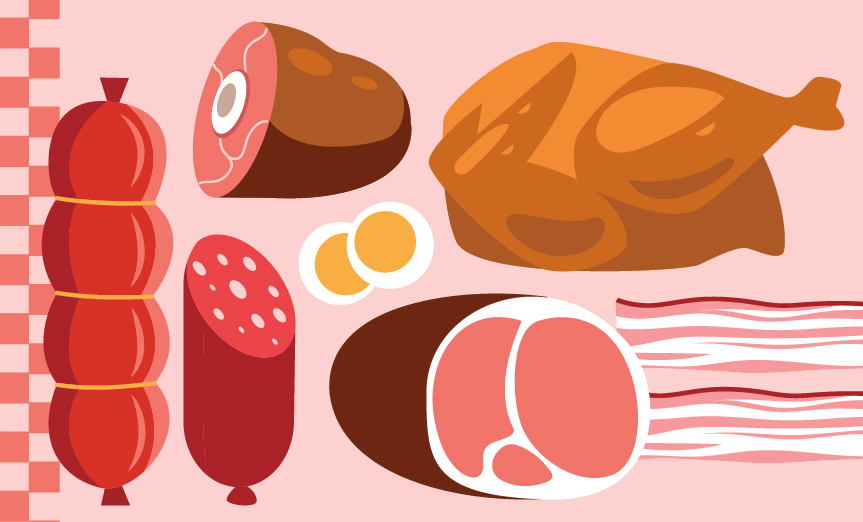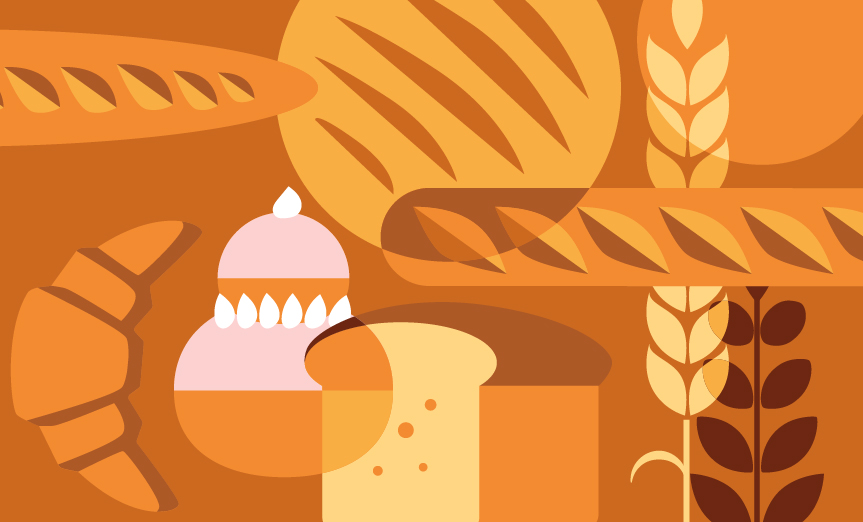48 hours in the Pays d'Ouche
Normandy/2023

© Tous au Château
A magnificent forest, wide open fields, green hills as only Normandy can offer... Between the valleys of the Iton and Risle rivers, the Pays d'Ouche harbors as much rural ruggedness as it does prodigious nature, with its share of foliage and shade, springs, frog ponds and gentle paths.
"Ouche" is a term for cultivated land, but it's hardly ever used outside this part of France. The villages are endowed with a kind of mysterious grace that takes you back to other times, and if the countryside can be traversed by car, bicycle or bus, a visceral urge to mount a horse and gallop suddenly takes hold of you.
You have to read Nez-de-Cuir, gentilhomme d'amour to be completely convinced. A novel written by Jean de La Varende in 1935. The author himself was born on the edge of the Ouche region, at Château de Bonneville, now owned by the de Broglie family. He depicts the adventures of a gentleman wounded during the Napoleonic wars, who we follow throughout the country, riding boldly through forests and fields, hunting or galloping from place to place. With Nez-de-Cuir, you fall in love with the Pays d'Ouche, without knowing it, but with a furious desire to follow it.
The best place to start is Beaumont-le-Roger, a large, bustling town with a handsome town hall and Saint-Nicolas church. Then on to La Ferrière-sur-Risle, with its large market hall and half-timbered houses. The road through the forest is magnificent. Before the village, just before the bridge over the Risle, you can stop for a drink and a bite to eat at the Relais d'Ajou.
From La Ferrière-sur-Risle, it's an essential detour to Château de Beaumesnil, dating from the Louis XIII period. La Varende refers to it as "Mesnilroyal": "It was the pride of the Pays d'Ouche, the question newcomers were asked: 'Have you seen Mesnilroyal? Every time it failed, the whole of Ouche was saddened. In fact, there is no other Louis XIII residence in France of such beauty. Is it even possible to compare a residence to it? All other châteaux seem no more than lodgings when brought close to his dazzling pride, his triumphant lyricism." This is followed by two pages of lyrical description in praise of the château.
We then move on to La Barre-en-Ouche, then La Vieille-Lyre, a picturesque village once chosen by filmmaker Jean Boyer to shoot Au trou normand, starring Bourvil. The house in which the film was shot is now occupied by a notary, and there are many reminders of this episode in the village.
At the border of the département, we discover Rugles, then Breteuil and its beautiful old church, as we join the Iton valley, which we follow to Conches-en-Ouche, the end of this walk in the footsteps of Nez-de-Cuir.
"Like the arrow on the coach, he arrived straight in the middle of the immense arc of woods that stretches from the forest of Camprond to the Rohan-Rohan forests of Beaumont le Roger, passing through Senonches, the well-pierced, Breteuil where one gets lost, Conches the arid..." M. E.

Open


Open

Open
Food products, kitchen equipment, tableware, service solutions...
See the full list of partners who place their trust in Gault&Millau
All our partners
Become
a Partner
LEARN MORE
































































